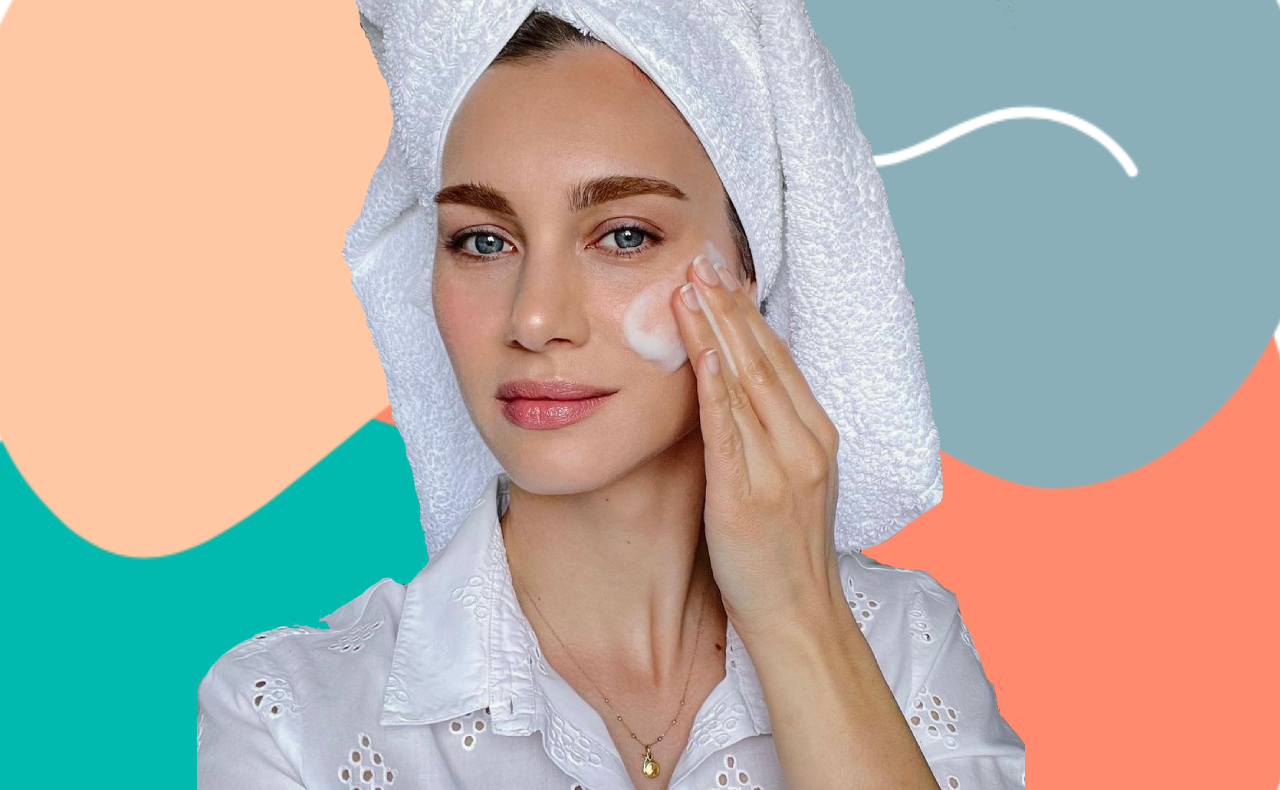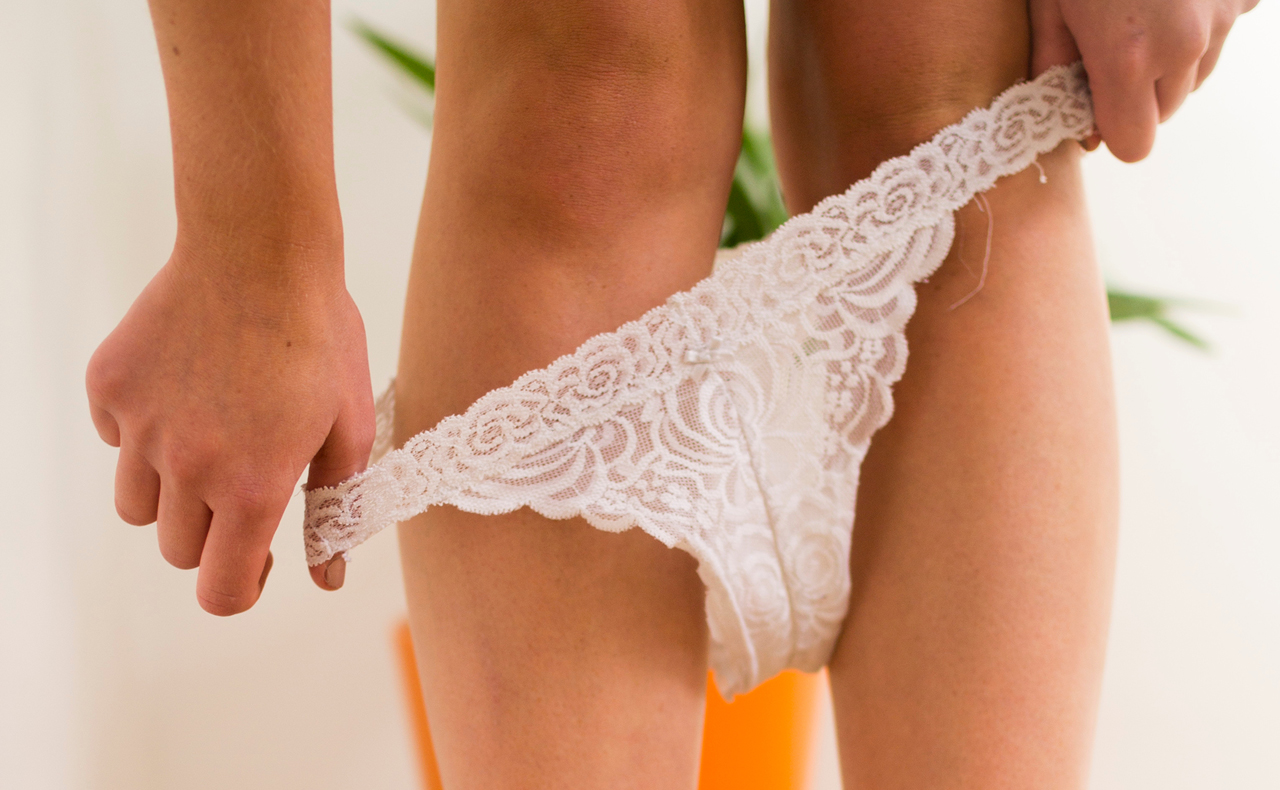Unless you have a bit of a foot fetish, you can probably agree that feet are a little gross. They get sweaty and smelly and sometimes weird gunk collects between your toes.
Anyway, the point is that there are enough things that can be a little bit embarrassing about our feet, so why add to it by throwing corns and calluses in the mix?
Here are some fast facts about them, as well as how you can prevent and treat them.
What’s the difference between corns and calluses?
Both corns and calluses are areas of thickened, hardened skin on the feet that have been created by pressure at that point.
Corns are a bit smaller than calluses have usually have a hard centre surrounded by inflamed skin. They usually form on the parts of your feet that don’t actually bear any weight – like the tips and sides of your toes and in between your toes.
Calluses typically develop on the soles of your feet – usually under the heels or balls of your feet – and are bigger than corns
What causes corns and calluses?
Corns and calluses occur as a defence mechanism to strengthen your skin in areas that are experiencing consistent rubbing or pressure. Things like shoes that don’t fit properly and rub against your foot (FYI: high heels are actually your worst enemy when it comes to corns and calluses) and even not wearing socks to protect your skin can cause the skin to thicken. They can also occur if you’re not walking properly and putting excessive pressure on the heels or balls of your feet.
How do I treat corns and calluses?
First up, NEVER try and cut them off yourself. That can end in disaster. You can, however, try to (very gently!) file down the area using the Scholl Corn & Callus File. This will help soften really hardened skin and leave the area a bit smoother. Just make sure you do it after a bath or shower when your skin is soft. Or better yet, soak your feet in some Billie Goat Soap Peppermint Foot Soak to really soften and prepare the skin for exfoliation. Follow your filing with a really nourishing foot cream like Nutri-Synergy NS 8 Foot & Leg Moisturiser.
You can use targeted pads, like Scholl Corn Removal Pads and Callus Removal Pads, to treat the thickened areas. The pads contain fast-acting medicated discs not only help treat the area quickly, but they help to cushion and protect it, too – meaning that further rubbing won’t cause any dramas.
While you’re treating your corns and calluses, make sure your shoes fit well and your feet are cushioned by socks.
However, if you’re really suffering, it’s best to see your doctor or a podiatrist.
How can I prevent corns and calluses?
Wearing shoes that fit you comfortably is the best, um, step you can take to prevent those pesky corns and calluses from forming. Your shoes shouldn’t be pressing on the outside of your small toe or pushing your fourth and fifth toes together. Your rule of thumb: make sure you can comfortably wiggle your toes.
If your toes do tend to press together, you can use Scholl Foam Toe Separators to keep those tootsies apart.
Have you ever suffered from corns or calluses? Do you have any tips for treatment and prevention?





Hate my calluses but I can’t get rid of them